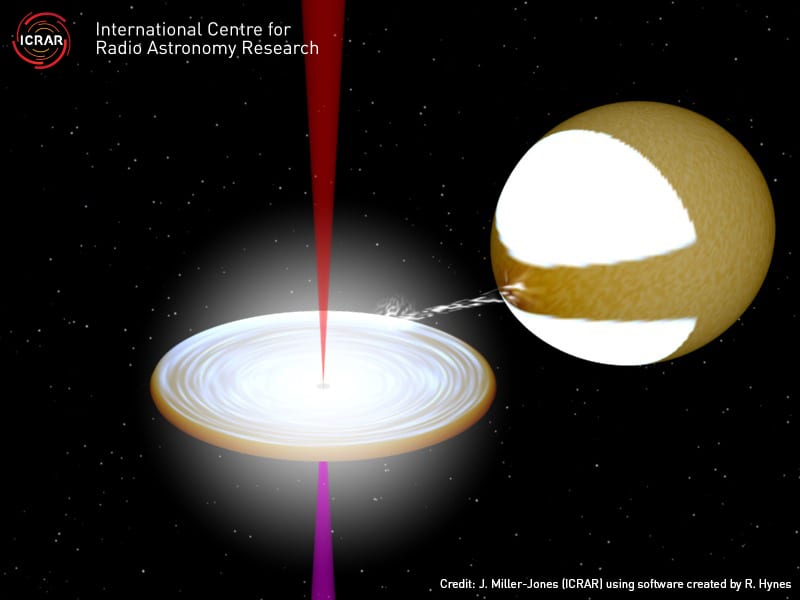Research on a Martian meteorite has revealed clues on the evolution of the earliest crust and atmosphere of Mars, in a report published this week in the journal Nature.
For the first time, zircons – one of the most commonly used geochronometers – have been discovered within a Martian meteorite. This find has enabled the research team including co-authors Associate Professor Alexander Nemchin, Dr Marion Grange of Curtin University’s Department of Applied Geology, and Dr Allen Kennedy of the Department of Imaging and Applied Physics, to determine the age of the ancient, heavily cratered, southern highlands crust of Mars.
“As it turns out the crust is very old – about 4430 million years old, which means that everything was happening very fast in the beginning on Mars,” Professor Nemchin said.
“A little bit more than 100 million years after the formation of the Solar System, Mars was a fully evolved planet, with a differentiated crust and a very complex range of magmatic and atmospheric processes.
“This research shows that if Mars could evolve very quickly, perhaps Earth did the same.”
The meteorite, North West Africa (NWA) 7533, is a highlands breccia, which sets it apart from all other Martian meteorites. A breccia contains thousands of fragments of different geological samples and is the geological equivalent of a library containing the early history of Mars.
NWA 7533 is chemically similar to Martian soil analysed by Martian Rovers, enabling researchers to compare ancient and modern Martian crustal processes and conditions.
For instance, using this meteorite, researchers can look at Martian soil properties in the lab, which has led to them to knowing why Martian soil is so sticky – it is rich in magnetic minerals.
NWA 7533 is depleted in the water-soluble elements sulfur, chlorine and zinc, when compared to modern Martian soil, suggesting the meteorite comes from a wetter Mars, one very different to the dry, Sahara-like conditions of today’s Mars.
Professor Nemchin said this rock would hold further clues to the impact history of Mars, and the possibility of the presence of an early biosphere.
“This report is the tip of the iceberg of what the exciting continuing study of this meteorite will uncover,” Professor Nemchin said.
The research team was led by Dr Munir Humayun of Florida State University and, along with Curtin researchers, included members from France’s Laboratoire de Minéralogie et Cosmochimie du Muséum, Laboratoire de Planétologie et Géodynamique de Nantes, University Paris Diderot and Ecole Normale Supérieure, as well as Rutgers University, USA.
The paper, “Origin and Age of the Earliest Martian Crust from meteorite NWA 7533”, can be found at www.nature.com, published 20 November 2013.



